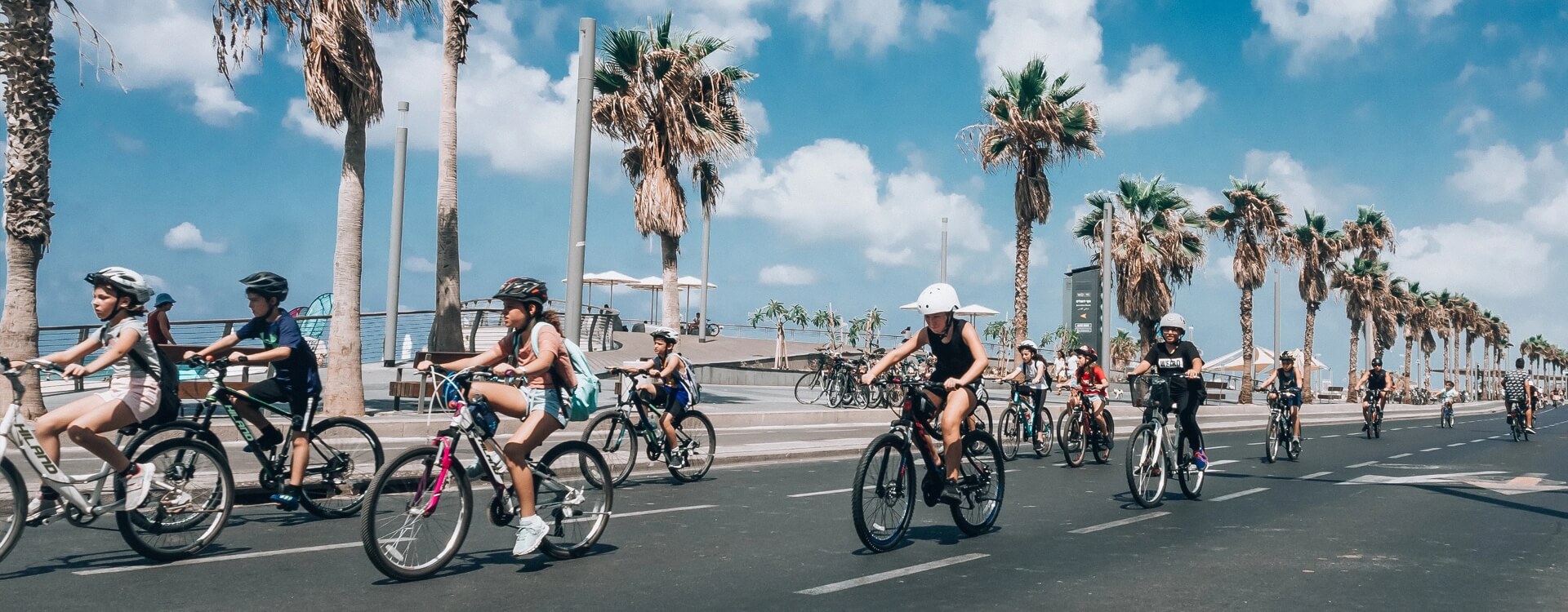
Whether you are an experienced mountain bike rider, or you want to try XC cross-country race for the first time, or you just take a casual ride, you will care about what kind of mountain bike is suitable for you. For mountain bikes, whether they have frame rear shock absorber is an important index, which directly affects the design, riding quality and performance of mountain bikes.
Usually, mountain bikes without rear shock absorber and integrated frame are called hard tail mountain bikes, while those models with rear shock absorber and deformation at the rear end of the frame using elastic materials are collectively referred to as soft tail mountain bikes. Because full shock absorber models account for the vast majority of soft tail mountain bikes, the soft tail we generally refer to is about the same as full shock absorber models with front and rear shock absorber.
Hard tailed bicycles have a rigid frame and are usually equipped with shock-absorbing front forks, which means that the front end of the bicycle can absorb some vertical bumps and large shocks. Another feature of the soft tail is that it has pivot points on the frame so that the rear end of the bicycle can move up and down to filter more bumpy road conditions.
How to choose them? Professional drivers will tell you that if most of the roads you ride are relatively simple, choose the hard tail. If there are more difficult roads, choose the soft tail. But if you don’t participate in the race and you want buy a mountain bike, then let’s analyze the advantages and disadvantages of soft tail and hard tail to help you make a choice.
Advantages of hard tailed mountain bike:
Weight: because the hard tailed mountain bike has no rear shock absorber, no rear connecting rod and pivot, its weight is always lighter than the soft tailed mountain bike under the same conditions, which means that the hard tailed mountain bike can climb the slope more easily.
Rigidity: just as it can reduce the total weight of people and bikes, the lateral rigidity and torsional rigidity of the integrated frame are much better than that of the soft tail, which means that the hard tail bike can tread more effectively and the energy output of the driver will be less lost. This stronger overall rigidity also makes the hard tail more advantageous than the soft tail in climbing.
Maintainability: because the design of the hard tail frame is simpler than the soft tail design, because there is much less maintenance and maintenance. There is no rear shock absorber for the driver’s weight or road conditions, which greatly reduces a difficult maintenance point.
Cost: anyone who wants to buy a new mountain bike should take the cost into account. Because the design of the hard tail bike is simple and there is no complex structure such as connecting rod, it is much cheaper than the soft tail in terms of material and design, so the price of the whole bike will be a little lower.
Advantages of soft tailed bicycle:
Comfort: because the full shock-absorbing soft tail bike has both shock-absorbing front fork and rear shock-absorbing, it is more comfortable than the hard tail bike with the same equipment. The rear shock absorber can effectively isolate the main contact point between the driver and the bike from the bumps on the road. In cross-country and competition, this increased comfort can reduce the fatigue of the driver in the whole process.
Excellent grip and handling: This is what makes the soft tail really different from the hard tail, which is the main reason why many top drivers choose the soft tail. When the front and rear shock absorbers work, the soft tailed bike has better grip and the two wheels can contact the ground more stably, which means that the driver has better steering response, more timely braking and better overall control, especially on more complex road conditions.
Most importantly, the soft tailed bike has the above efficient grip and handling, which means that on some tracks, the soft tailed car can be faster than the hard tailed car. Although it is heavier, the treading efficiency is slightly lower, and it loses a little time in climbing, it is more calm when going downhill and can make up for more. The complete shock absorber system can amplify the driver’s control, reduce fatigue and make a more smooth downhill. On some particularly difficult tracks, the surprise on the shock absorber can make a great difference in the speed and rhythm of the whole race.
Category difference: compared with hard tail models, there are countless models of soft tail bikes. The full shock absorption platform allows more types of design to cope with different terrain and different driver levels.
So, which type of bike is better? Generally speaking, it depends on your own style. If you often ride the path and it is relatively flat, it is recommended to use a hard tail.
If the road you want to challenge is rough, you need superb technology or you are not sure about your riding technology, then prepare a soft tail mountain bike. Anyway, the soft tail bike can provide you with more functions under the same conditions, explore more routes and make you more confident.
No matter which one you choose in the end, please remember that all this is for the fun of riding. Equipment is only one aspect, and you are the one who enjoys it.


